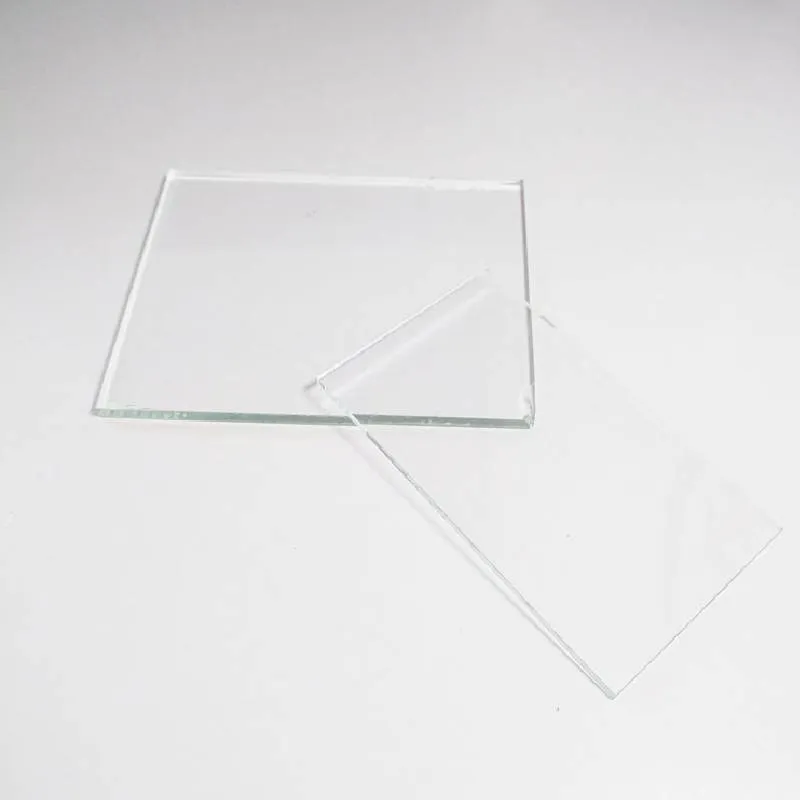The Allure of Architectural Dichroic Glass
Architectural dichroic glass stands as a remarkable intersection of art and technology, mesmerizing architects, designers, and the public alike with its unique optical properties. This innovative material showcases a stunning ability to change color depending on the angle of light and the viewer’s perspective, creating dynamic visual experiences that bring buildings and spaces to life.
Dichroic glass, derived from the Greek words dichroos, meaning two colors, is crafted through a sophisticated process that involves layering thin films of metal oxides onto a glass surface. This intricate technique allows the glass to reflect and transmit different colors, resulting in a vibrant spectrum that shifts with changing light conditions. The experience of viewing dichroic glass is ever-evolving, often evoking a sense of wonder as colors blend and shift in response to the environment.
Architectural applications of dichroic glass are both practical and aesthetic. This glass not only enhances the visual appeal of buildings but also offers functional benefits such as energy efficiency and privacy. The playful interplay of colors can enliven an otherwise ordinary façade, turning a mundane structure into a landmark. For instance, public spaces such as museums, galleries, and educational institutions increasingly feature dichroic glass to create captivating installations that engage visitors and stimulate curiosity.
architectural dichroic glass
Beyond aesthetics, dichroic glass is also embraced in sustainable design practices. Its ability to control solar heat gain means that buildings can require less energy for cooling, contributing to reduced energy consumption. This environmental aspect aligns with the growing movement towards sustainable architecture, where the goal is to harmonize beauty with ecological responsibility.
Prominent examples of architectural dichroic glass can be found in a range of projects around the globe
. One notable instance is the 2019 Extension of the National Gallery in London, which utilizes dichroic glass to create a striking interplay of colors that enhance both the exterior and interior spaces. The glass is not merely a design choice but also a key element in crafting a narrative of light and color that reflects the vibrancy of the city.
Moreover, the use of architectural dichroic glass extends beyond traditional structures. It finds its place in art installations, where artists leverage its optical qualities to create immersive experiences. As light interacts with these pieces, the viewer’s perception transforms, resulting in a continually shifting dialogue between art, space, and audience.
In conclusion, architectural dichroic glass is more than just a decorative element; it is a transformative medium that invites interaction and engagement. As architects and designers continue to explore its possibilities, this extraordinary material will undoubtedly shape the future of architecture, fostering a deeper connection between people, spaces, and the environment. Through its colorful expression and innovative design, dichroic glass embodies the essence of contemporary architectural practice—dynamic, sustainable, and undeniably captivating.
 Afrikaans
Afrikaans  Albanian
Albanian  Amharic
Amharic  Arabic
Arabic  Armenian
Armenian  Azerbaijani
Azerbaijani  Basque
Basque  Belarusian
Belarusian  Bengali
Bengali  Bosnian
Bosnian  Bulgarian
Bulgarian  Catalan
Catalan  Cebuano
Cebuano  Corsican
Corsican  Croatian
Croatian  Czech
Czech  Danish
Danish  Dutch
Dutch  English
English  Esperanto
Esperanto  Estonian
Estonian  Finnish
Finnish  French
French  Frisian
Frisian  Galician
Galician  Georgian
Georgian  German
German  Greek
Greek  Gujarati
Gujarati  Haitian Creole
Haitian Creole  hausa
hausa  hawaiian
hawaiian  Hebrew
Hebrew  Hindi
Hindi  Miao
Miao  Hungarian
Hungarian  Icelandic
Icelandic  igbo
igbo  Indonesian
Indonesian  irish
irish  Italian
Italian  Japanese
Japanese  Javanese
Javanese  Kannada
Kannada  kazakh
kazakh  Khmer
Khmer  Rwandese
Rwandese  Korean
Korean  Kurdish
Kurdish  Kyrgyz
Kyrgyz  Lao
Lao  Latin
Latin  Latvian
Latvian  Lithuanian
Lithuanian  Luxembourgish
Luxembourgish  Macedonian
Macedonian  Malgashi
Malgashi  Malay
Malay  Malayalam
Malayalam  Maltese
Maltese  Maori
Maori  Marathi
Marathi  Mongolian
Mongolian  Myanmar
Myanmar  Nepali
Nepali  Norwegian
Norwegian  Norwegian
Norwegian  Occitan
Occitan  Pashto
Pashto  Persian
Persian  Polish
Polish  Portuguese
Portuguese  Punjabi
Punjabi  Romanian
Romanian  Russian
Russian  Samoan
Samoan  Scottish Gaelic
Scottish Gaelic  Serbian
Serbian  Sesotho
Sesotho  Shona
Shona  Sindhi
Sindhi  Sinhala
Sinhala  Slovak
Slovak  Slovenian
Slovenian  Somali
Somali  Spanish
Spanish  Sundanese
Sundanese  Swahili
Swahili  Swedish
Swedish  Tagalog
Tagalog  Tajik
Tajik  Tamil
Tamil  Tatar
Tatar  Telugu
Telugu  Thai
Thai  Turkish
Turkish  Turkmen
Turkmen  Ukrainian
Ukrainian  Urdu
Urdu  Uighur
Uighur  Uzbek
Uzbek  Vietnamese
Vietnamese  Welsh
Welsh  Bantu
Bantu  Yiddish
Yiddish  Yoruba
Yoruba  Zulu
Zulu 

